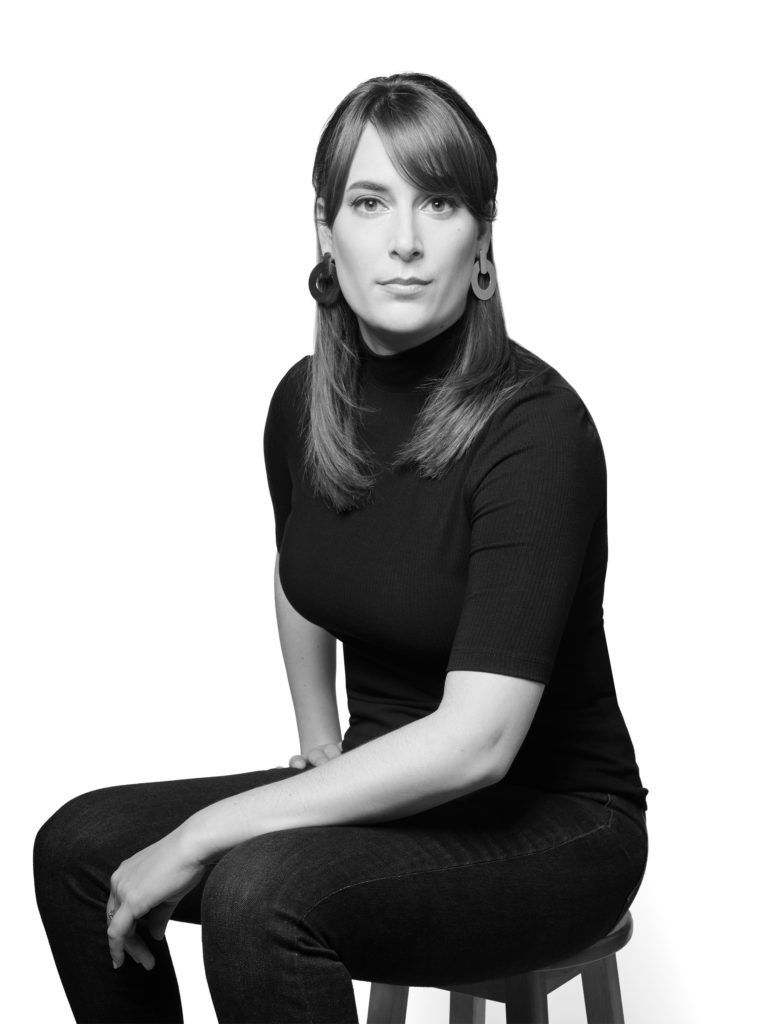
If homelessness has solutions, housing, and therefore design, will be among them. Julia Newman ’11 is the founding principal of Julia Adele Design, a custom furniture and interior design firm working with residential and commercial clients in Los Angeles. Newman’s clients also include veterans, people with disabilities, the aging population and those who have been homeless. She worked with the city of Los Angeles in developing plans for the design of ADUs (accessory dwelling units) — small living structures usually constructed on a homeowner’s existing property. Newman talked about designing for populations of varying abilities, including those who have been homeless, with Editor Joseph Wakelee-Lynch.
How would you describe your work on the city of Los Angeles ADU project?
I was drafting floor plans and 3-D renderings. It was a lengthy project that also involved interviewing homeless and formerly homeless people to better understand their needs.
How do you design ADUs specifically for people who were formerly homeless?
We design spaces assuming that the user could be anybody. When you look at the homeless population of Los Angeles, you see people across the age range, male and female, veterans, people who may have physical or mental disabilities. We had to design spaces that could work for anybody. We interviewed people to find out what they wanted in the space. You can’t assume what people want or need. For example, every person I interviewed wanted a garden where they could grow things because they wanted to feel productive. They all said they wanted a dishwasher and laundry, because they were tired of doing things the hard way.
What are some challenges of doing this kind of design in Los Angeles?
Los Angeles is a tricky city in which to pull this off. We don’t have massive lot sizes, and there are requirements about how far these units can be from homes. But L.A. is an interesting place because there is so much new building.
We think of bridge design, for example, as something that must be done with generations in mind. Does that kind of thinking apply to your work?
One of our goals is that the housing be transitional, that it can change or be useful over a lifetime. If someone in the space is 18, what will the space be like in 10 years. For example, can it have movable walls for a second bedroom if that person has a family? I looked at the FlexHousing models in Canada, homes in which elements are movable and changeable. A house can change with time: A two-story duplex, with someone living upstairs and another person downstairs, could become a two-story home.
Do all clients respond to that kind of thinking?
It’s hard to convince clients who are building a home to make changes that could be inclusive for people down the line. For example, clients may say they want three steps leading into their home. But that may not make sense when they’re older. People are living longer. Home is part of a health care continuum. People don’t always think ahead. To build a new home that has 40-inch-wide doorways or reinforced bathroom walls so you can put grab bars in them actually isn’t that much more expensive. We see homes as a chapter in our lives, but really, we’re a chapter in a home’s life. It’s unlikely we are going to be the first or the last people living in a home, so we need to think about building a home for longevity. In a home’s lifespan, the likelihood that it is going to be a home for someone with a disability is pretty high. So, we have to design while thinking about the future.
What especially satisfies you about your work?
What people with disabilities have to do to fit into their environment is shocking. It doesn’t make sense why we design homes the way we do. We design for the average person, but who is average anymore? Clients hire me to make spaces that fit their lives, so that their lives don’t have to work around their environment. I think everyone deserves that opportunity.
Photo by Jon Rou
This article appeared in the spring 2019 issue (Vol. 9, No. 1) of LMU Magazine.
